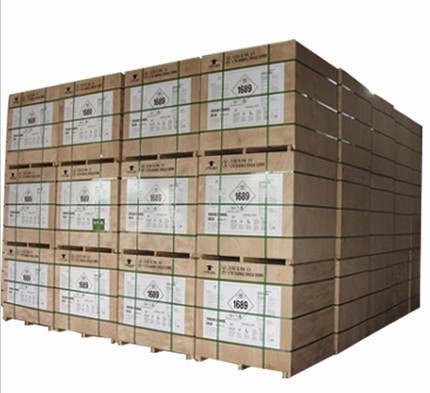Contact us on


Sampling
The importance of sampling and sample handling, prior to delivery to the laboratory, is summarized by the following statement.
The results of analysis can be no better than the sample on which it was performed.
While the taking of either aqueous or solid samples may appear easy, the collection of correct samples, both in terms of location and with respect to the analytes to be monitored, is fraught with difficulties. Any sampling must have as its aim the collection of a representative portion of the substance to be analysed. When this portion is presented for analysis, the parameters to be determined must be present in the same concentration and chemical or biological form as found in the original environment from which the portion was removed.
Samples representative of a site, or of a portion of a site, provide information that is often extrapolated to include the whole area under investigation. This is true whether the entity being sampled is a contaminated section of land, surface water, an industrial outfall, or a drum containing waste material. Therefore, samples must be representative of the specific entity being sampled, but not necessarily representative of the entire area of which it is part.
The overall objectives of a sampling program must be considered in the development of the sampling plan. Sampling may be performed for one of several purposes:
Maximum, minimum and average values for a near steady state stream with the aim of monitoring compliance versus set specifications (process control, environmental criteria). Such data can illustrate the likelihood and magnitude of occurring non-compliance provided enough data points have been analyzed from samples. Process, residue, and effluent stream analysis could have this type of objective. Even aquifer sampling (bore-holes) would fit this description. Often the relative mass-flows have to be known for proper data integration.
Maximum, minimum and average values derived from the analysis of "batch streams" such as treated backfill portions or detoxified waste batches usually require a minimum of one data point per batch to insure a representative sample. The major objective remains one of compliance and/or verification of effective management procedures for the batch streams involved.
1. Non-steady state events following a cyclic pattern are often influenced by several parameters, and these parameters in themselves may also be susceptible to cyclic changes. In other words, these confounding factors create a complex situation that requires careful analysis and planning to obtain a representative sample.
2. The cycle periods have to be known along with many other factors of influence in the "system". A typical example would be the sampling of tailings surface liquid (or solids), decant liquids or return dam bulk liquid. All of these "sample populations" undergo massive cyclic fluctuations through influence of chemical and physical changes from process management tailings surface events and seasonal climatic conditions.
3. It will be apparent that the cycle periods are not in any way synchronized and hence seemingly random data might be obtained. An objective for such sampling campaigns could be the establishment of a predictions database based on the understanding of the fundamental principles. This means that a complete, non-biased sampling effort across the longest cycle needs to be performed at least once. Alternatively, once such principles are known, selected samples taken at certain times could be analyzed for monitoring purposes. While many sampling strategies may be developed, the main, basic approaches to sampling are depicted in the following table.
| Approach | Number of Samples | Potential Relative Bias | Basis of Site Selection |
| Judgemental | Small | Very Large | Prior history, visual assessment, and/or technical judgement |
| Systematic | Large | Small | Consistent grid or pattern |
| Random | Very Large | Very Small | Simple random selection |
For general enquiries call our Customer Service Centre on
For website enquiries call our eBusiness Support on or send an email